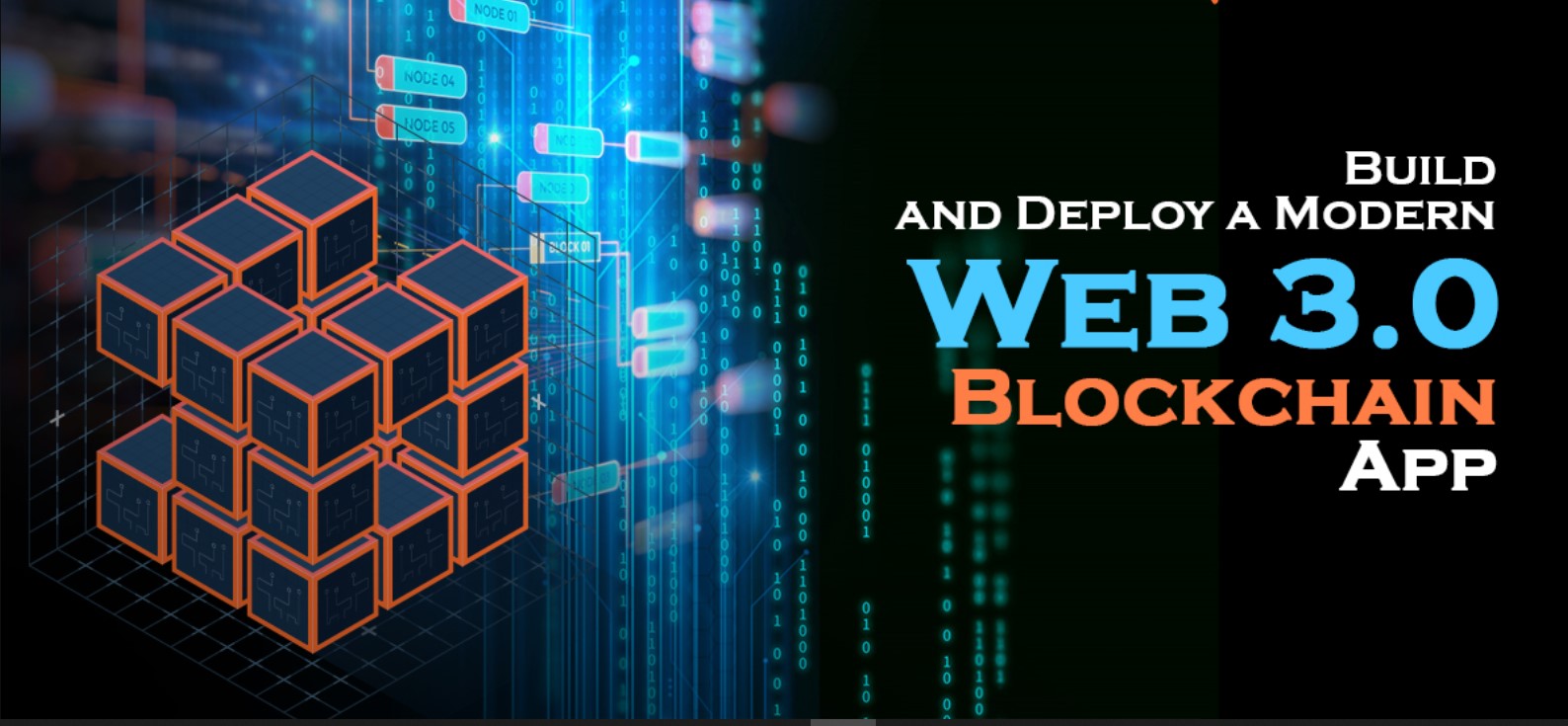
November 03, 2025
Building Scalable Web3 Applications: How Blockchain Powers DeFi, Supply Chain, and Digital Identity
Building Scalable Web3 Applications: How Blockchain Powers DeFi, Supply Chain, and Digital Identity
Have you thought about how blockchain is changing sectors outside cryptocurrency? A lot of things are changing because of Web3. These include finances, supply chains, and digital IDs. How does it operate, and why should developers care? Imagine designing blockchain-enabled, transparent, safe, and resilient apps. This post will demonstrate how blockchain can enable scalable Web3 apps for DeFi, supply chain visibility, and secure digital identities. Let's start now!
What is Web3 and Blockchain?
Beginning with the basics. Web3 is the next internet; decentralized, user-owned, and powered by blockchain. Exactly what is blockchain? Cryptographic security protects data on this distributed ledger. It keeps track of every transaction or data exchange in a "block," which can't be changed much once it's added to the chain. This makes it safe and clear.
Web3 is a new playground for developers. Blockchain allows peer-to-peer transactions without intermediaries. This lets you design decentralised apps where people control their data. Avoid huge tech corporations! Blockchain keeps track of transactions and is open to everyone, which is why it's so important for app developers to make apps that people can trust. Let's examine how this technology is changing DeFi, Supply Chain, and Digital Identity.
DeFi (Decentralized Finance) and Blockchain
So, how does DeFi relate to blockchain? DeFi replaces banks with smart contracts using blockchain. These contracts automatically perform transactions under certain conditions.
DeFi benefits developers of dApps that enable consumers trade, lend, borrow, and stake crypto without banks. Blockchain is transparent and secure, so you can trust the system without a middleman.
Check out this simple decentralised lending app smart contract:
// Simple contract to issue a loan
pragma solidity ^0.8.0;
contract DeFiLoan {
mapping(address => uint) public balances;
function deposit() public payable {
balances[msg.sender] += msg.value;
}
function loan(uint amount) public {
require(balances[msg.sender] >= amount, "Insufficient funds");
payable(msg.sender).transfer(amount);
}
}Developers are essential to building secure, trustless financial systems in the future. Pretty nice, right?
Blockchain in Supply Chain Transparency
Discuss supply chain transparency. We all know about supply chain challenges, but blockchain offers a solution. Blockchain lets you track products from manufacturer to consumer in real time.
Data can't be changed because blockchain can't be changed. This provides unusual transparency and traceability for food and pharmaceutical companies who emphasize safety and authenticity. Application developers can check the credibility of a product, which lets customers know where their products come from.
Here's how to track product movement in a blockchain supply chain:
pragma solidity ^0.8.0;
contract SupplyChain {
struct Product {
uint id;
string name;
address manufacturer;
bool isShipped;
}
mapping(uint => Product) public products;
function addProduct(uint id, string memory name, address manufacturer) public {
products[id] = Product(id, name, manufacturer, false);
}
function markShipped(uint id) public {
products[id].isShipped = true;
}
}With this code, developers can check product authenticity and improve supply chains. Blockchain gives necessary transparency.
Digital Identity and Blockchain
Now, let's talk about digital identities. We use numerous services to handle our identities, but blockchain is changing that. Blockchain empowers self-sovereign identities and data control without Facebook or Google.
Developers must create safe, immutable digital verification systems. Blockchain protects identity storage and verification from data breaches. Digital identities are encrypted, tamper-proof, and readily verified by authorized parties utilizing blockchain.
Here's a simple smart contract for digital identity storage and verification:
pragma solidity ^0.8.0;
contract DigitalIdentity {
struct Identity {
string name;
uint age;
string idNumber;
}
mapping(address => Identity) public identities;
function storeIdentity(string memory name, uint age, string memory idNumber) public {
identities[msg.sender] = Identity(name, age, idNumber);
}
function verifyIdentity(address user) public view returns (string memory, uint, string memory) {
return (identities[user].name, identities[user].age, identities[user].idNumber);
}
}Blockchain users may protect their digital identities. App developers may allow consumers decide their identities.
How Developers Can Build Scalable Web3 Applications
When making scalable Web3 apps, you need to think about security, speed, and cost. Developers should start with modular, upgradable smart contracts for flexibility. Solidity, Truffle, and Ganache simplify decentralized application deployment and testing.
For scalability, developers may utilize Layer 2 for Ethereum or IPFS for decentralized storage. Developers may design scalable, performant Web3 apps leveraging gas optimization best practices and decentralized storage.
Conclusion
Web3 and blockchain change app development. Developers have endless DeFi, supply chain, and digital identification options. Blockchain lets you build scalable, secure, and transparent apps that modify the game and empower users. So, start coding now!
357 views
